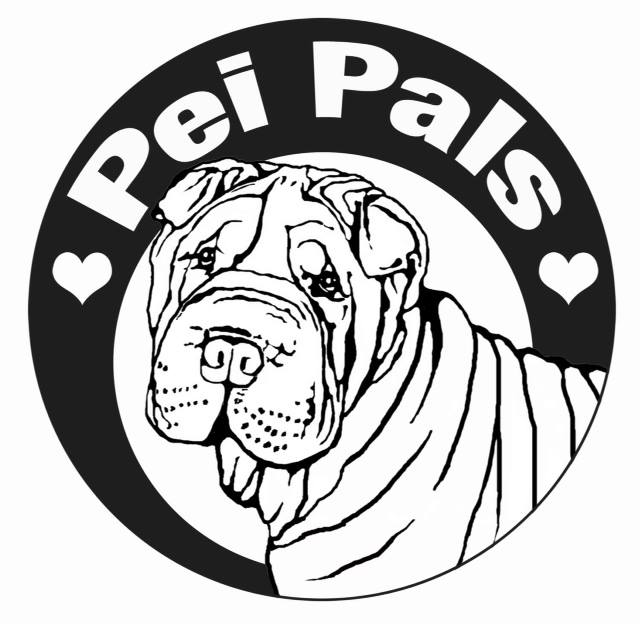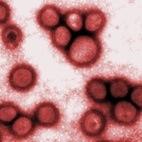HyperHA Syndrome
This seems to be an uncommon syndrome that I’m seeing in young Shar-Pei. These pups have excessive wrinkling and overdone heads. At some point moderate to severe itching develops with excoriations due to self-trauma the result. In addition the skin becomes excessively scaly with serum exudation drying on the surface as crusts. I suspect these individuals have excessively high levels of hyaluronan (mucin) which can lead to inflammation of the skin. In one article it was demonstrated that Shar-Pei have five fold higher levels of hyaluronan than other dog breeds. It is also known that hyaluronan (HA) can broken down...




